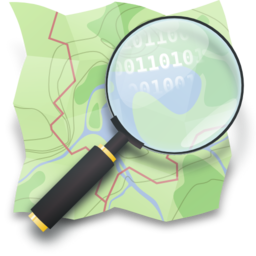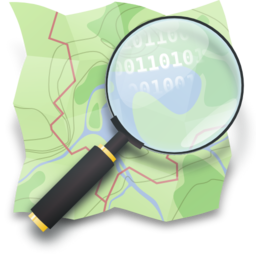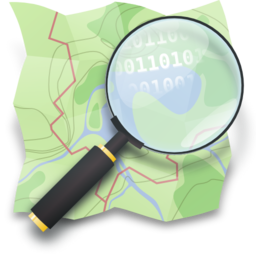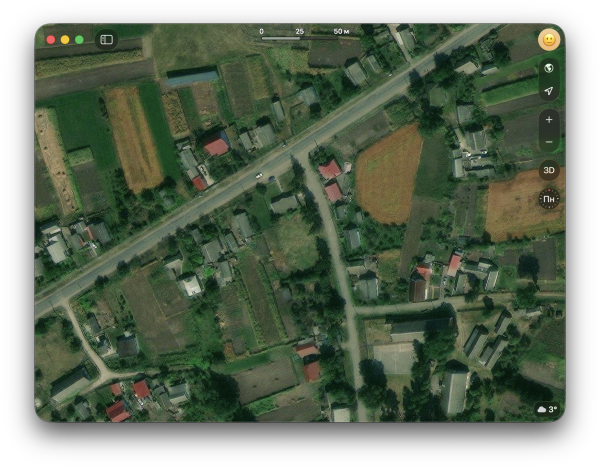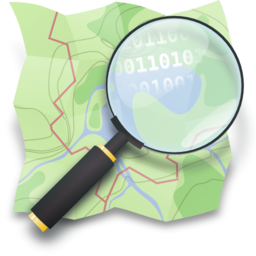Hello! I have finally finished my work in Teton Pines! Unfortunately, I learned recently that there is a big construction project(s) going on there at the moment. So, I will likely be circling back to update the area when new imagery comes in.
Recently, ESRI World Imagery updated to include imagery from early 2025 in Gaza. Now, for the first time since the conflict escalated in October 2023, it is possible to update OSM using open satellite imagery to reflect the many features in Gaza that…
The PCT exits Yosemite National Park though Dorothy Pass at the northern edge of the park. This marks the high point for through hikers after a 70 mile uphill. Statationed there with a National Parks trail crew this summer season I noticed that mapping data was sparse and inacurate. Water and campsite markings were esspecialy lacking.
I have made a number of additons and adjustements based on my notes from this summer and added ponds/streams where they are vissible on satilite data. Any stream marked as intermintet was personaly verified by me, otherwise I have left them unknown.
I belive that the avaiable tags for backcounty conditions are insuficiant and that there would be a use for a point of interest to indicate cellphone reception points in mountain areas.
I have made a number of additons and adjustements based on my notes from this summer and added ponds/streams where they are vissible on satilite data. Any stream marked as intermintet was personaly verified by me, otherwise I have left them unknown.
I belive that the avaiable tags for backcounty conditions are insuficiant and that there would be a use for a point of interest to indicate cellphone reception points in mountain areas.
I want to share an idea for software for mappers: a pair of apps—a field data collection app and a desktop editor for analyzing, processing, and uploading that data. I’ve been thinking about this lately.
In downtown Minneapolis, MN, USA, there are 80 linked blocks
of connected buildings, making up the largest distance of indoor navigation in the world[1].
of connected buildings, making up the largest distance of indoor navigation in the world[1].
HOT’s Tasking Manager is about to undergo the most significant user experience upgrade since 2020. A brand new Super Mapper level will be introduced, one step higher than ‘Advanced’ mappers and much more rigorously assessed.
